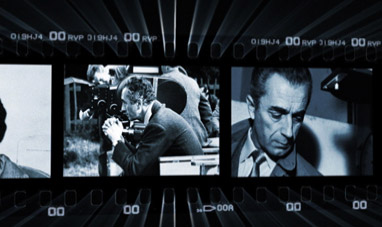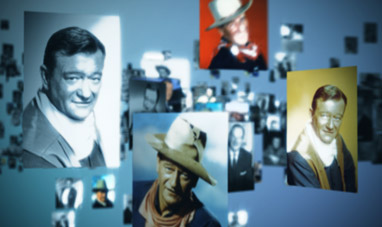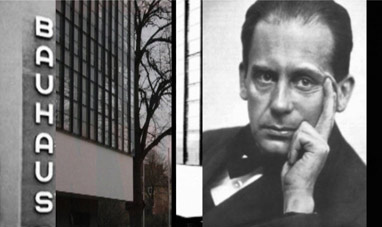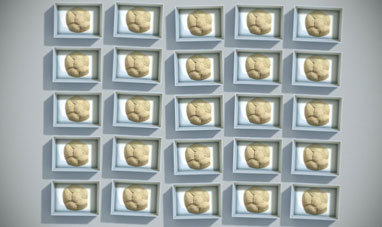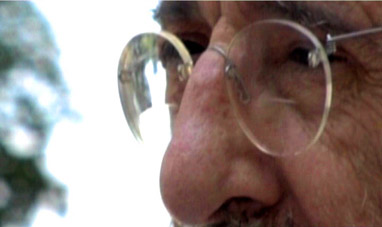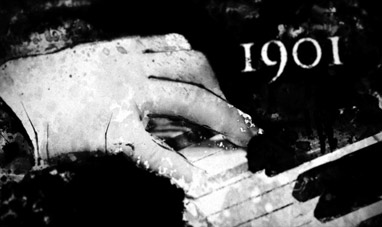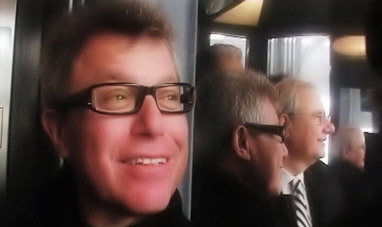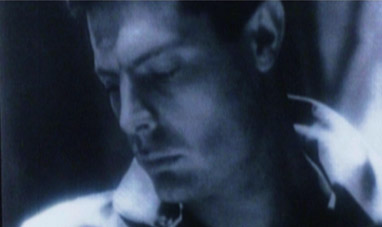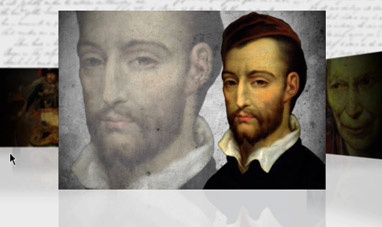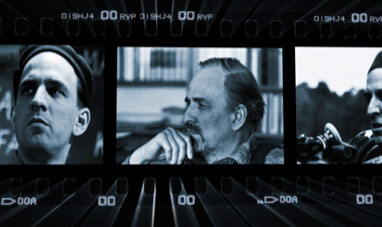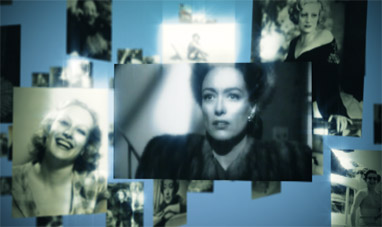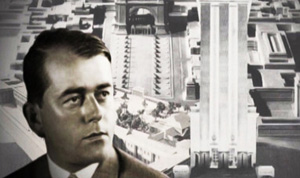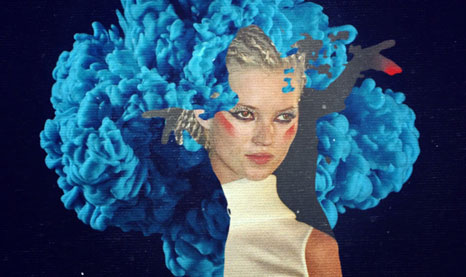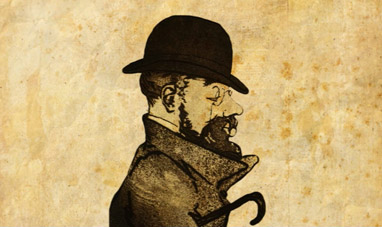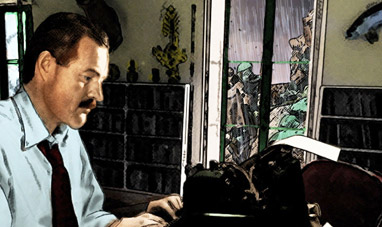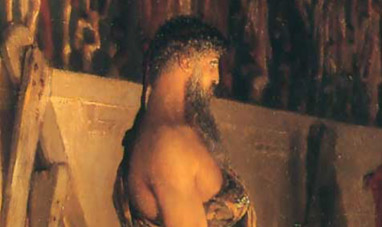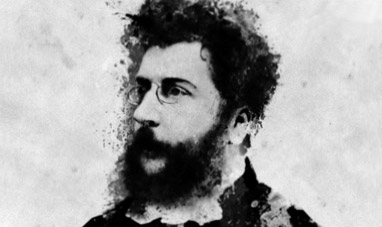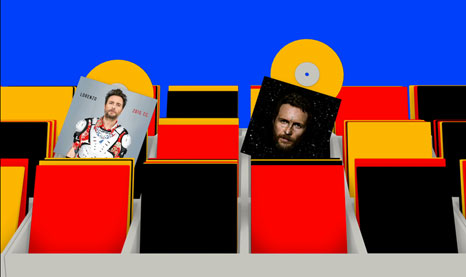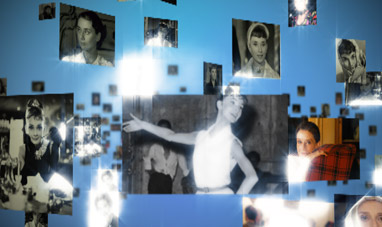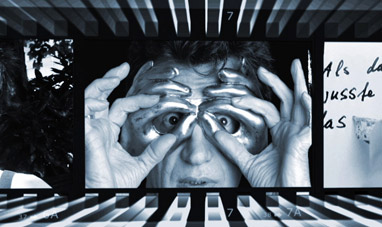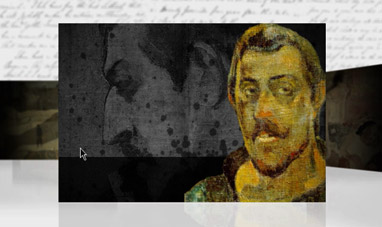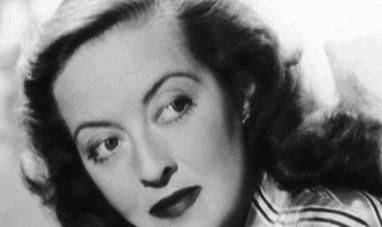Edouard Manet was a French painter who worked in the second half of the 19th Century. He was close to the artists known as Impressionists, but followed a path all his own. Manet was born to a prosperous middle-class family in Paris on January 23, 1832.
At 18 he started to train with painter Thomas Couture, but Manet soon found his teacher’s work empty and banal. Starting in 1856, he traveled throughout Europe to study master painters like Titian, Giorgione, Goya and Velázquez, all of whom based their artistic language on color.In 1861, Manet exhibited his “Spanish Guitar Player” at the Paris Salon, then the premier venue for artwork. The painting, inspired by Courbet’s realism, was a critical success. In 1863, Manet finished “Olympia” and exhibited “Le déjeuner sur l’herbe.” Manet took his subjects from two works by the Renaissance master Titian: “Country Concert” and “Venus of Urbino”. Manet’s approach to painting was highly innovative and sparked harsh criticism in academic circles. He abandoned the popular technique of creating the illusion of volume with gradient colors and shadowing. Instead, Manet used pure colors and outlined his figures with precise lines.
“Le déjeuner sur l’herbe” depicts a nude woman casually seated among fully-clothed men having a picnic in a park. The contrast accented the scene's realism, but the public was scandalized. In 1863 Manet married Suzanne Leenhoff, a Dutch pianist whose son often appears in Manet's later paintings. Manet began to spend time at Café Guerbois, where he met artists like Pissarro, Monet, Degas, Renoir and Cézanne. These men later formed the core of the Impressionist movement that would break new ground in painting. While Manet was close to the Impressionists, he did not participate in their exhibitions. Unlike them, he thought that renewal and progress in the arts should take place within the Salon and other official institutions. In later years [1866-1868] Manet painted French writer Emile Zola's portrait, and another painting entitled “The Fifer.” Both works showed Manet’s strong interest in the graphic style of Japanese prints, which were popular in Paris at the time. Manet was used to working in his studio. But in 1874 he briefly adopted the Impressionists' approach of painting landscapes while actually outside. The works he completed during this period stand out for their rich colors and use of light. In his final years, Manet returned to his original interest in the human figure. One of his last paintings was “A Bar at the Folies-Bergère.” [1882] Manet produced the work, which shows a strong sense of composition, using the Impressionists' trademark technique of quick brush strokes. He died in Paris on April 30, 1883 after a long illness. In 1884, his work was exhibited in a large commemorative show at the Ecole des Beaux-arts in Paris.
At 18 he started to train with painter Thomas Couture, but Manet soon found his teacher’s work empty and banal. Starting in 1856, he traveled throughout Europe to study master painters like Titian, Giorgione, Goya and Velázquez, all of whom based their artistic language on color.In 1861, Manet exhibited his “Spanish Guitar Player” at the Paris Salon, then the premier venue for artwork. The painting, inspired by Courbet’s realism, was a critical success. In 1863, Manet finished “Olympia” and exhibited “Le déjeuner sur l’herbe.” Manet took his subjects from two works by the Renaissance master Titian: “Country Concert” and “Venus of Urbino”. Manet’s approach to painting was highly innovative and sparked harsh criticism in academic circles. He abandoned the popular technique of creating the illusion of volume with gradient colors and shadowing. Instead, Manet used pure colors and outlined his figures with precise lines.
“Le déjeuner sur l’herbe” depicts a nude woman casually seated among fully-clothed men having a picnic in a park. The contrast accented the scene's realism, but the public was scandalized. In 1863 Manet married Suzanne Leenhoff, a Dutch pianist whose son often appears in Manet's later paintings. Manet began to spend time at Café Guerbois, where he met artists like Pissarro, Monet, Degas, Renoir and Cézanne. These men later formed the core of the Impressionist movement that would break new ground in painting. While Manet was close to the Impressionists, he did not participate in their exhibitions. Unlike them, he thought that renewal and progress in the arts should take place within the Salon and other official institutions. In later years [1866-1868] Manet painted French writer Emile Zola's portrait, and another painting entitled “The Fifer.” Both works showed Manet’s strong interest in the graphic style of Japanese prints, which were popular in Paris at the time. Manet was used to working in his studio. But in 1874 he briefly adopted the Impressionists' approach of painting landscapes while actually outside. The works he completed during this period stand out for their rich colors and use of light. In his final years, Manet returned to his original interest in the human figure. One of his last paintings was “A Bar at the Folies-Bergère.” [1882] Manet produced the work, which shows a strong sense of composition, using the Impressionists' trademark technique of quick brush strokes. He died in Paris on April 30, 1883 after a long illness. In 1884, his work was exhibited in a large commemorative show at the Ecole des Beaux-arts in Paris.

